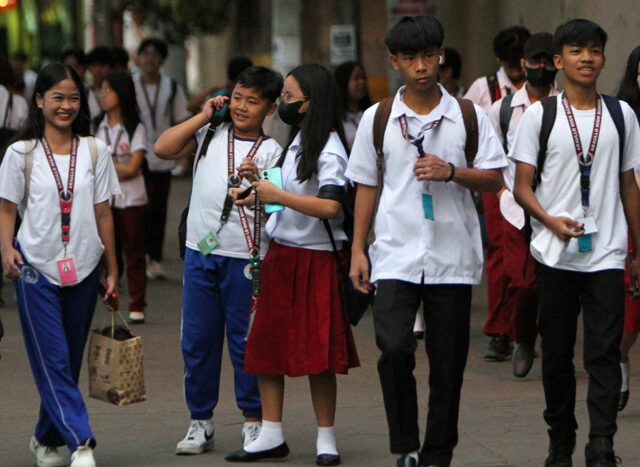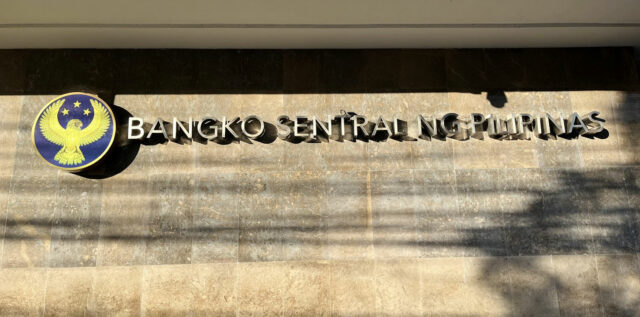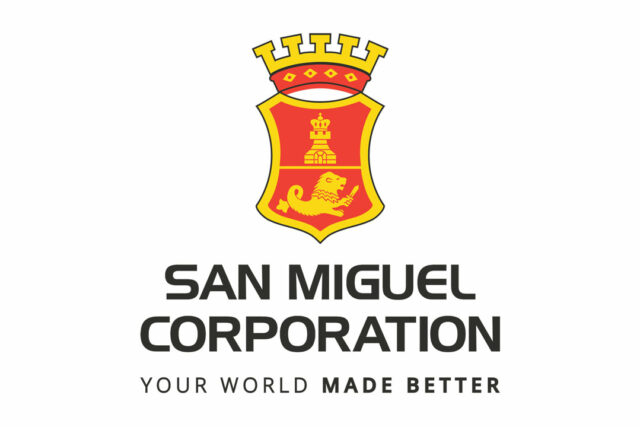The advent of the digital era has transformed the delivery and consumption of financial services, and the COVID-19 pandemic has further accelerated this process. Digital transformation has redefined customer expectations in banking, making convenience, efficiency, and seamless experiences crucial.
However, a report from financial software-as-a-service (SaaS) provider 10x Banking said that banks globally are losing up to 20% of their customers to competitors due to poor customer experience. 64% of banks have openly admitted that their slow progress in adapting to digital transformation has resulted in missed opportunities to gain new customers.
As a result, it has become crucial for financial service providers to swiftly adjust to this new reality in order to stay competitive and relevant. In fact, 10x Banking reported that 74% of banks globally are currently seeking to expedite their digital initiatives this year, realizing the importance of staying ahead in an ever-changing landscape.
Furthermore, the integration of digital technologies has brought a revolution in how financial institutions function and how individuals manage their finances. With the advent of online banking to electronic payments, individuals now have access to a wide range of financial products and services at their fingertips. These efforts have made it easy for them to conduct transactions, manage investments, and access credit with ease.
According to Ernst & Young (EY), the adoption of new technologies, such as artificial intelligence (AI), blockchain, data analytics, the internet of things (IoT), and robotic process automation (RPA) has enabled banks, insurers, and other financial institutions to overhaul their operations, identify new ways of doing business, and create opportunities for challenger businesses like payment services providers.
On the other hand, a report from the Bank for International Settlements has emphasized the impact of fintech companies and big tech players in bringing digital transformation. This transformation has brought about new challenges for traditional business models to remain competitive.
In the Philippines, the market has a young and mobile-savvy population, making it a promising target for financial institutions due to factors like high internet penetration and demand for financial services.
Promoting financial inclusivity
According to a report published by World Bank, efforts are being made to educate small entrepreneurs on financial planning, sustainability, technical know-how, risks involved in loans, and the benefits of formal lending channels for economic independence. Furthermore, digitization makes finance accessible, lowers costs, boosts economic activity, enhances credit access through data analysis, and contributes to financial development and stability.
Regulators in the Philippines are actively supporting the growth of digitalization in the financial sector by introducing new digital banking licenses, real-time payments systems, and standardized QR networks. According to McKinsey & Company, efforts are being made in the country to foster financial innovation and improve financial inclusion through digital-first business models.
The government has also been promoting digital transformation through initiatives like digitalizing essential public services and encouraging individuals and businesses to embrace digitalization.
For instance, the Pag-IBIG Fund has embarked on a major digitalization initiative to address the country’s housing backlog, aiming to provide at least 708,000 houses by 2028.
In December 2022, Pag-IBIG, in partnership with the PropTech Consortium of the Philippines and the Subdivision and Housing Developers Association (SHDA), launched Phase 1 of digitalizing its takeout process. This approach marks as the first housing fund to digitalize its takeout for affordable housing in Asia, aligning with the vision to set new industry standards and revolutionize the Philippine real estate industry.
Additionally, Pag-IBIG recently launched the Virtual Pag-IBIG mobile app, a digital platform for its members to access services and perform transactions anytime. Members can view their savings, dividends, payment history, and loan balances through the app. This digital transformation is expected to significantly increase home loan applications and savings transactions, while simplifying the process for both members and partner developers.
A call for better financial service
Although digitalization presents various opportunities for financial institutions to enhance their operations, reach new markets, and engage with customers innovatively, it also poses several challenges that must be addressed.
One of the primary challenges in digitalization for financial institutions is ensuring the security of their systems. As financial institutions increasingly rely on digital channels to conduct transactions and store sensitive customer data, it makes them vulnerable to cyber threats. Cyberattacks can also result in financial losses, reputational damage, and legal liabilities.
Because of this threat, EY reported that financial services companies are facing the challenge of building trust with their customers. As a result, they are making significant investments in upgrading their legacy systems, adopting an agile way of working, and focusing on customer demands. They are doing so by investing in innovative online banking, digital platforms, and improving the accuracy of their reporting through better data quality.
The digital divide also presents a significant challenge in achieving widespread digitalization on the financial sector. Brookings Institution has mentioned that the global digital divide encompasses various aspects beyond mere access, including digital skills, use, infrastructure quality, and content accessibility. In Southeast Asia, around 150 million adults are digitally excluded due to factors like illiteracy, low income, and lack of access to capital. This exclusion leads to higher fees, limited access to credit, and a reliance on cash, perpetuating poverty cycles.
According to the Institute of Electrical and Electronics Engineers (IEEE), addressing digital divide requires a multi-faceted approach that combines infrastructure development, digital literacy programs, and innovative solutions, focusing on universal and meaningful connectivity. Furthermore, bridging the digital gap is crucial for boosting financial inclusion, especially for marginalized groups like those with lower incomes, the less educated, and people in rural areas.
Meanwhile, the rapid pace of technological advancement is posing a significant challenge to financial institutions as new technologies emerge and existing ones evolve. As a result, institutions are urged to continuously adapt to stay relevant and competitive.
A report by McKinsey revealed that financial institutions need to invest significantly in research and development, as well as provide ongoing training to their employees to equip them with the necessary skills to leverage emerging technologies effectively. Failure to keep pace with technological advancements risks falling behind competitors and losing ground in an increasingly digital marketplace.
Looking ahead, the digital revolution is expected to continue shaping the future of financial services. The International Monetary Fund said that emerging technologies, such as machine learning, IoT, and decentralized finance are geared to further disrupt traditional business models and drive innovation in the financial industry. — Mhicole A. Moral















